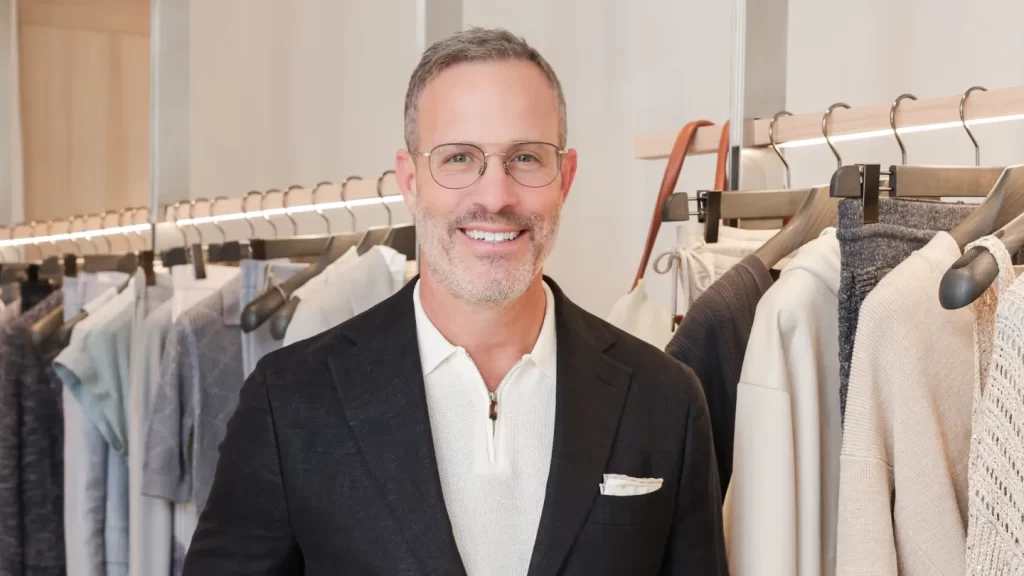Creating impeccably tailored men’s garments demands both precision and adaptability. An adjustable male dress form delivers on both fronts, functioning as a customizable, reliable stand-in for clients and streamlining every step of the fitting and pattern-making process. Below, we explore how this versatile tool elevates craftsmanship, reduces fittings, and enhances your studio workflow.
1. The Power of Customization
Unlike fixed mannequins, an adjustable male dress form features expanding dials or removable inserts that let you tailor chest, waist, hip, and neck circumferences to exact measurements. Key advantages include:
- Multi-Client Versatility: Accommodate varied body types without needing multiple forms.
- Graded Pattern Testing: Verify fit across incremental size changes, ensuring consistency in bespoke or ready-to-wear lines.
- Trend Adaptation: Quickly adjust for evolving style silhouettes or client requests without extra investment.
2. Precise Calibration for Accurate Fit
To unlock the form’s full potential, meticulous setup is essential:

- Record Measurements: Use a soft tape to capture neck circumference, chest girth, waistline, hip width, back length, and shoulder slope.
- Adjust the Form: Turn the calibration knobs or insert measurement rings until each dimension aligns within ¼ inch of your target.
- Secure Settings: Lock adjustment mechanisms to prevent drift during draping or pinning sessions, ensuring repeatable accuracy.
Once calibrated, the form becomes your constant reference, reducing reliance on live fittings and accelerating sample approval.
3. Enhancing Pattern Development
Draping on an adjustable form bridges the gap between 2D patterns and real-world contours:
- Dynamic Seam Placement: Pin muslin directly on the form to establish natural seamlines, then transfer these curves to your paper patterns for precise cutting.
- Efficient Dart Shaping: Sculpt chest and waist darts in real time, refining fullness and fit before committing to final fabrics.
- Ease Assessment: Test side-seam allowances and shoulder seam slopes interactively to balance comfort with style, critical for tailored jackets and shirts alike.
For a deeper dive into pattern draping techniques, see Threads Magazine’s comprehensive draping tutorials an authoritative resource on transforming draped muslins into polished patterns.
4. Streamlining Construction and Fittings
A well-equipped form enhances every stage of garment creation:
- Collapsible Shoulders: Simulate various shoulder widths athletic, broad-shouldered, or sloped to perfect shoulder pad fitting and seam alignment.
- Height Adjustment: Raise or lower the form to work comfortably on collars, lapels, or hems at eye level, reducing fatigue and improving precision.
- Sectional Access: Some models allow torso or neck sections to detach, granting easy access to internal facings and hidden seams for cleaner finishes.
By perfecting details on the form first, you minimize client alteration sessions ideal for busy professionals or remote fittings.
5. Integrating into Your Studio Workflow
To maximize efficiency:
- Dedicated Draping Zone: Position your dress form near natural or daylight-balanced lamps to judge color, drape, and shadows accurately.
- Tool Proximity: Install pegboards or magnetic strips within arm’s reach for scissors, pins, and marking tools, keeping your workspace organized and ergonomic.
- Maintenance Rituals: Dust the form monthly, tighten adjustment knobs, and cover it with a breathable cloth when idle to protect its pin-friendly surface.
6. Elevating Client Experience
An adjustable form also deepens customer engagement:
- Visual Progress Updates: Invite clients to review the evolving drape on the form, building confidence and excitement.
- Reduced Fitting Appointments: By nailing the fit on the form first, you limit in-person alterations, saving clients time and ensuring efficient studio operations.
- Professional Presentation: Demonstrating your use of an advanced dress form underscores your commitment to precision tailoring, enhancing your brand’s reputation.
By integrating an adjustable male dress form into your bespoke menswear studio, you gain unparalleled control over fit, streamline pattern development, and deliver a superior client experience. This adaptable tool bridges the gap between flat patterns and perfectly tailored garments, ensuring every piece you create meets the highest standards of craftsmanship.